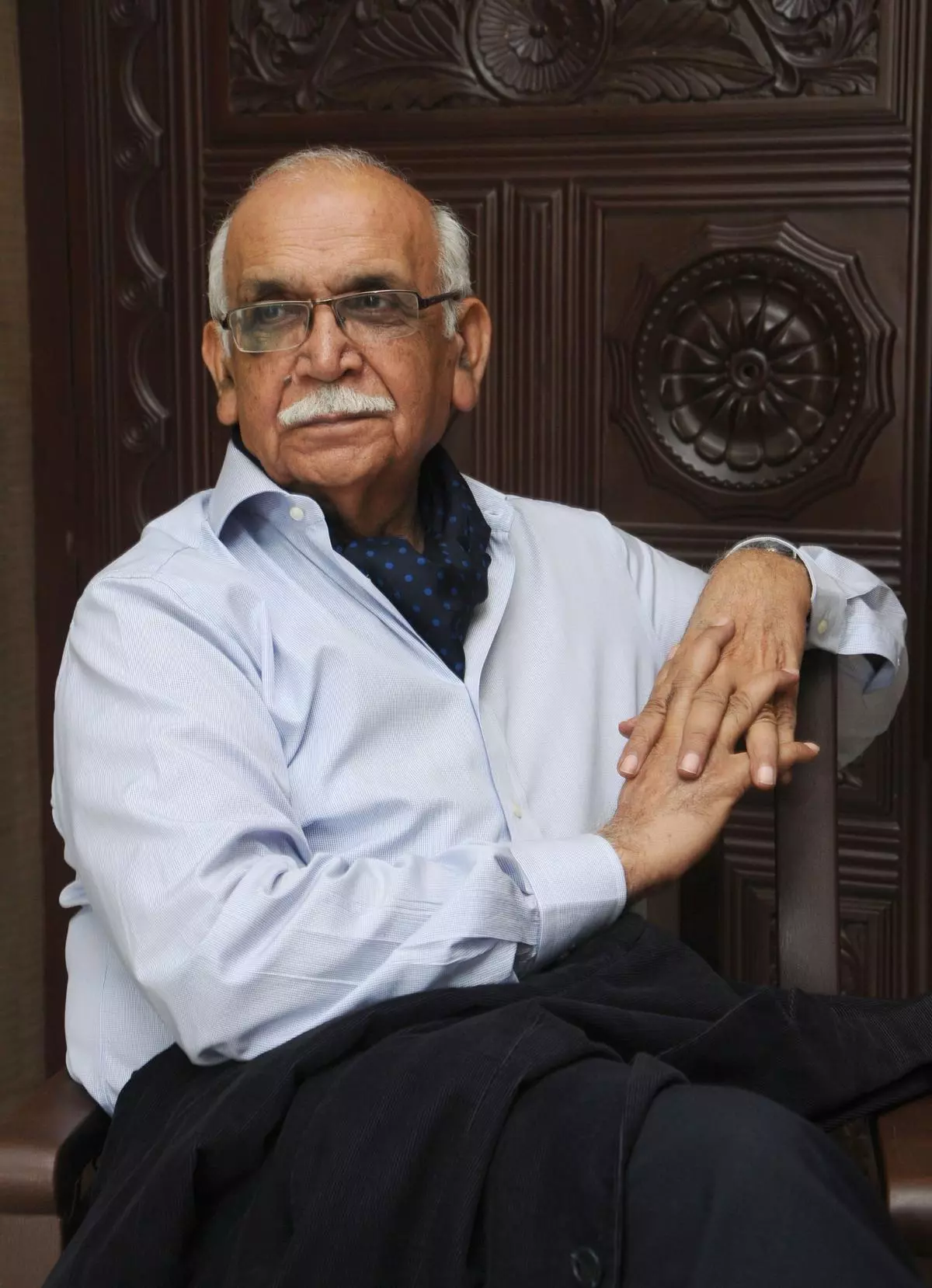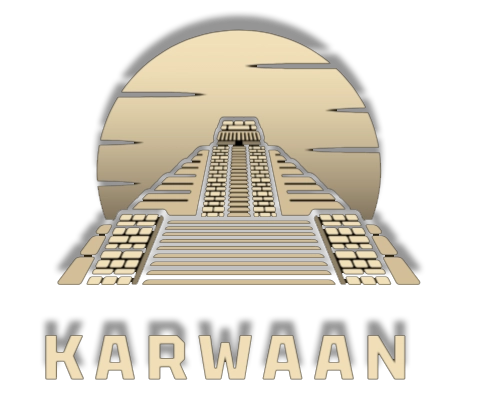
For as long as I can remember, Dr. B.N. Goswamy has been a figure of immense stature in my life. However, my realization of his extraordinary contributions as an art historian came much later. Regardless of whether I stood at four feet tall as a child or five feet six inches as an adult, he always seemed larger than life—an enigmatic presence. When I finally began exploring his writings and articles, I recognized that his approach to art history was strikingly distinct, almost as if he perceived the past from an elevated perspective that few could access.
A Luminary in Indian Art History
Dr. B.N. Goswamy is widely regarded as one of India’s foremost art historians. He serves as Professor Emeritus of Art History at Panjab University, Chandigarh, and has authored over 25 critically acclaimed books on Indian art and culture. Some of his most influential works include Pahari Masters: Court Painters of Northern India (1992), Nainsukh of Guler: A Great Indian Painter from a Small Hill State (1997), The Spirit of Indian Painting: Close Encounters with 101 Great Works, 1100-1900 (2014), Manaku of Guler: Another Great Indian Painter from a Small Hill State (2017), and his latest book, Conversations: India’s Leading Art Historian Engages with 101 Themes and More (2022).
Decoding Art Appreciation: A Conversation at Jaipur Literature Festival 2023
At the Jaipur Literature Festival 2023, I had the privilege of speaking with Dr. Goswamy following a press conference. Our discussion delved into his unique perspective on art, history, and the nuances of engaging with paintings. I opened with a fundamental question: What is the best approach to appreciating a painting in its entirety?
After a thoughtful pause, he asked:
“In what capacity? As a viewer?”
I clarified:
“As someone visiting a museum without specialized knowledge.”
Dr. Goswamy acknowledged the complexity of the question, explaining that while a painting can be admired at face value, true appreciation requires context—not necessarily about that specific artwork, but about the time and environment in which it was created.
“You see, one can simply admire a painting and say, achhi bani hai, chehra theek bana hai (it is well drawn, the face is accurate), but to form a deeper connection, one must read. It prepares the mind to ask the right questions. Suppose you encounter a painting that moves you, but you know nothing about it—what is it that draws you in? It is your background knowledge that allows you to engage with it meaningfully. Without that, gaining entry into a painting’s essence is difficult.”
The ‘Cold Encounter’ with Art
Dr. Goswamy introduced the concept of a ‘Cold Encounter,’ where people view art without prior knowledge or context. He humorously remarked that while most museum visitors do this, it isn’t their fault—after all, no one should be expected to pass an exam before entering a museum!
As the conversation deepened, he shared a broader perspective on visual literacy in India.
“My belief is that we are a visually illiterate society. Indian culture places greater emphasis on sound than sight. Hamaare culture mein shabd ki importance zyada hai (our culture prioritizes the spoken word). We are an ‘aural’ rather than an oral culture, meaning that the visual element takes a backseat. As a result, visual literacy develops much later. To the common man, a painting and a photograph often appear interchangeable.”
Bridging the Gap: Teaching Visual Literacy
I asked him how visual literacy could be fostered within Indian society. Would introducing art education to children be the key?
“It must start early—at home, with parents, in schools. Only then will it become second nature. We need to train the eye, educate it, and cultivate an understanding of visual narratives.”
Our discussion concluded with a book recommendation for those interested in Indian painting and art history. Dr. Goswamy suggested Royal Painting by Ananda Coomaraswamy, a book he holds in high regard.
“Although we call him an art historian, he wasn’t one. He was a geologist. His work is considered outdated today, yet his understanding of Indian painting remains unmatched—few have managed to analyze it as he did.”
A Lasting Impression
Every interaction with Dr. B.N. Goswamy is a gateway to new insights into art and history. This conversation was no different. Engaging with one of India’s most revered art historians was an enriching experience that left me eager for more such discussions. His passion for art and his ability to convey its nuances with clarity and humor made this exchange truly unforgettable.
Dr. Goswamy’s words reinforce the idea that art is not just about viewing—it’s about understanding. The eye, as he says, is a wonderful instrument that must be nurtured to truly see beyond the surface.
